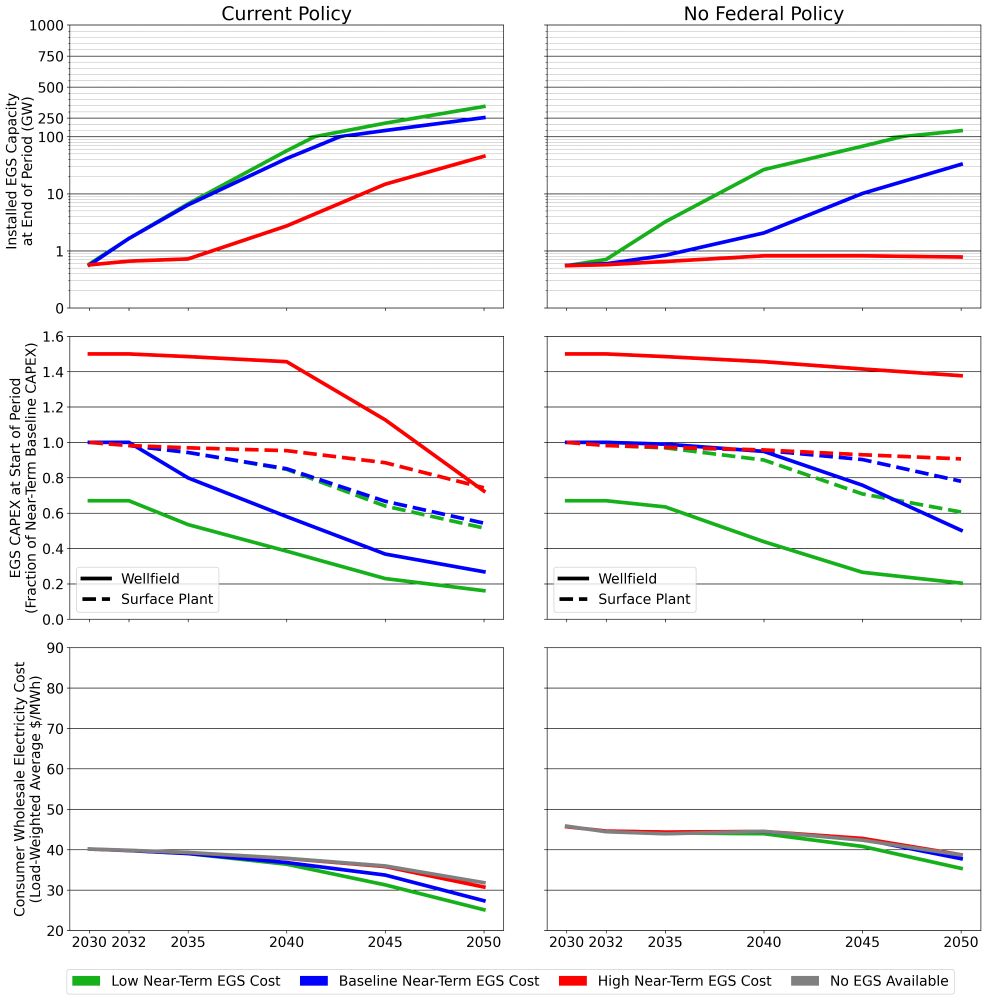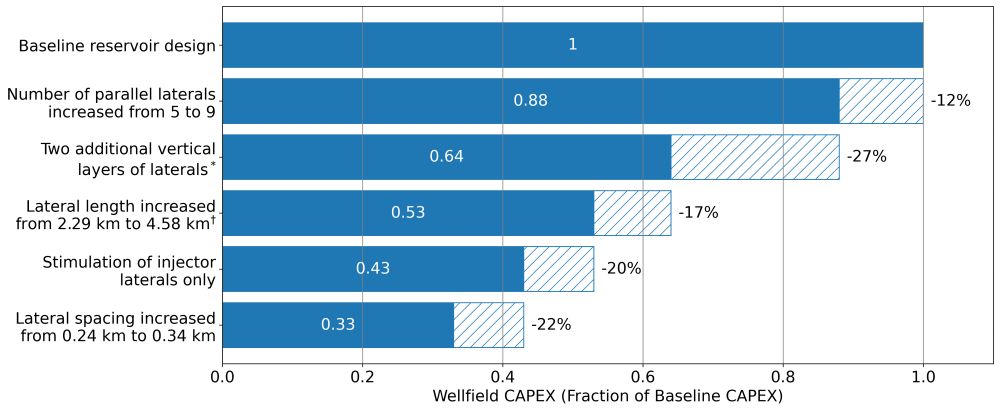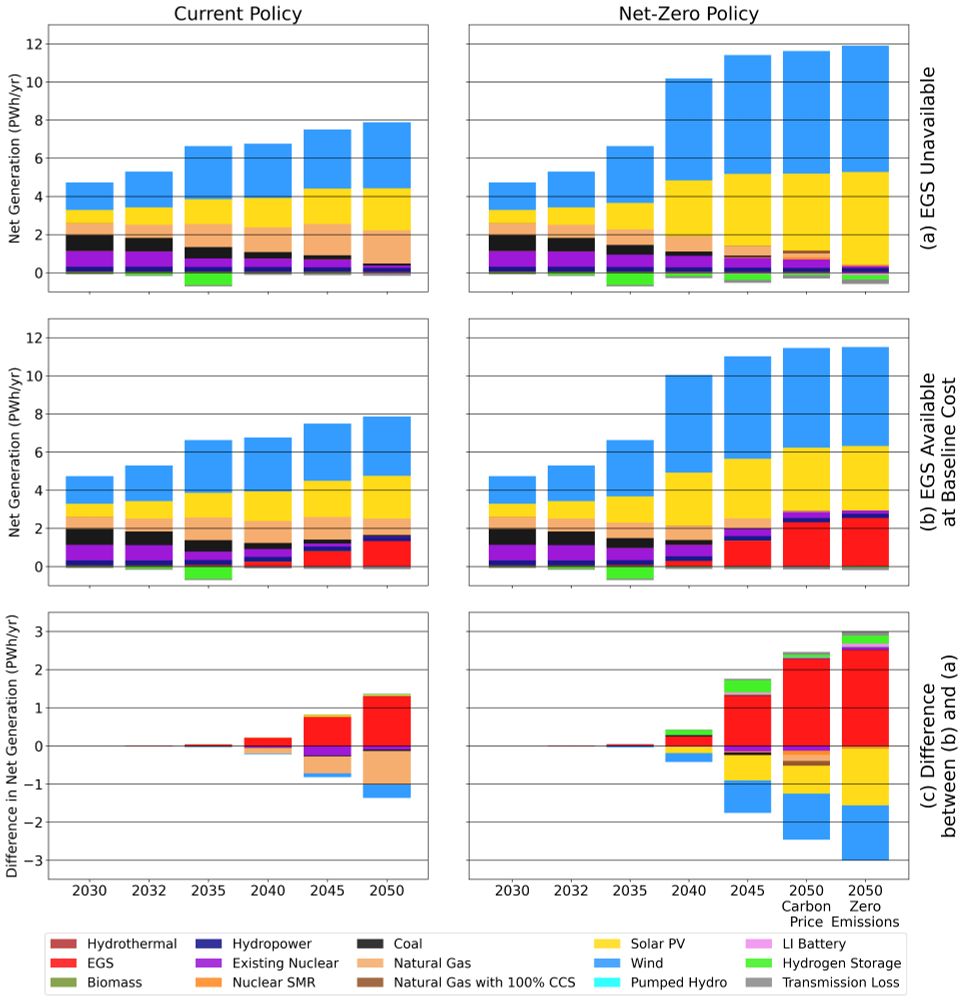
Foreign Entity of Concern language is substantively different from House bill, but still applied throughout. Critical question: is this workable for industry to comply with? Safe harbor language clarified (good). Stay tuned...
Foreign Entity of Concern language is substantively different from House bill, but still applied throughout. Critical question: is this workable for industry to comply with? Safe harbor language clarified (good). Stay tuned...






